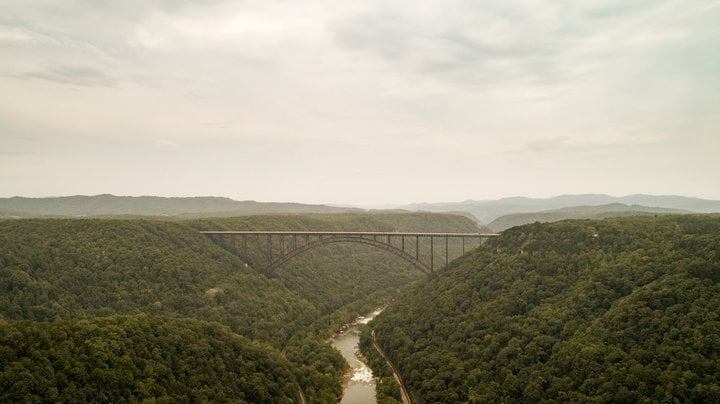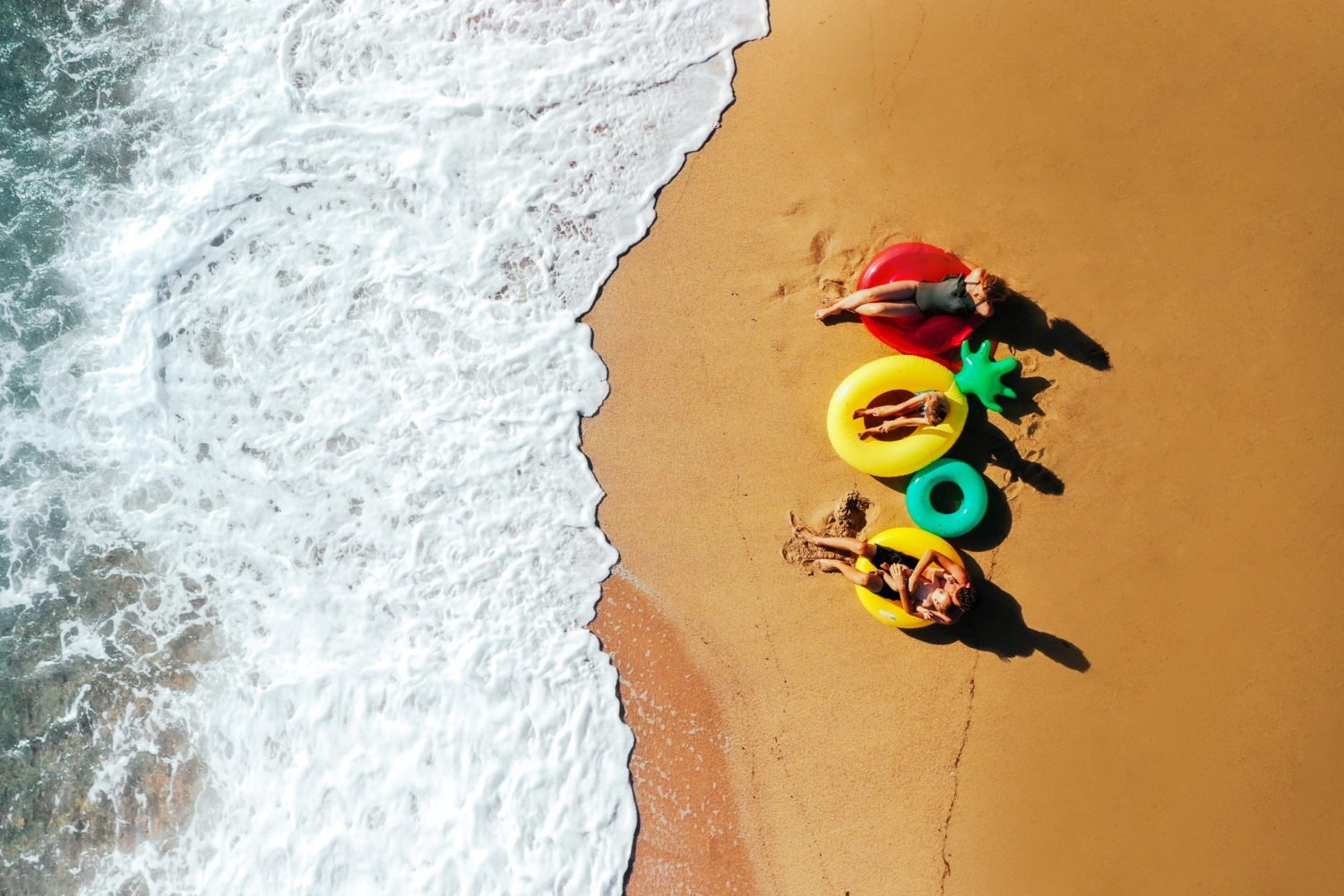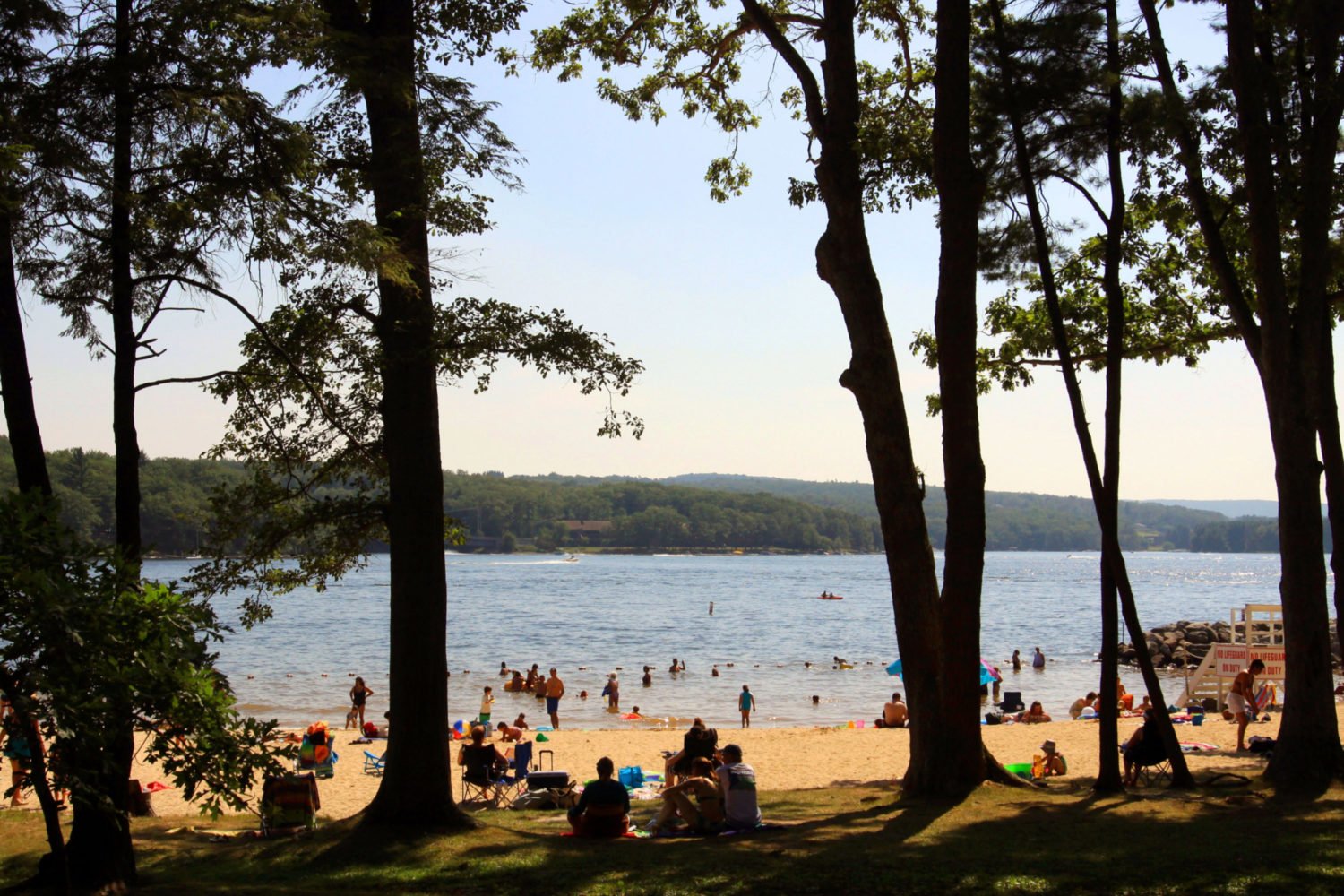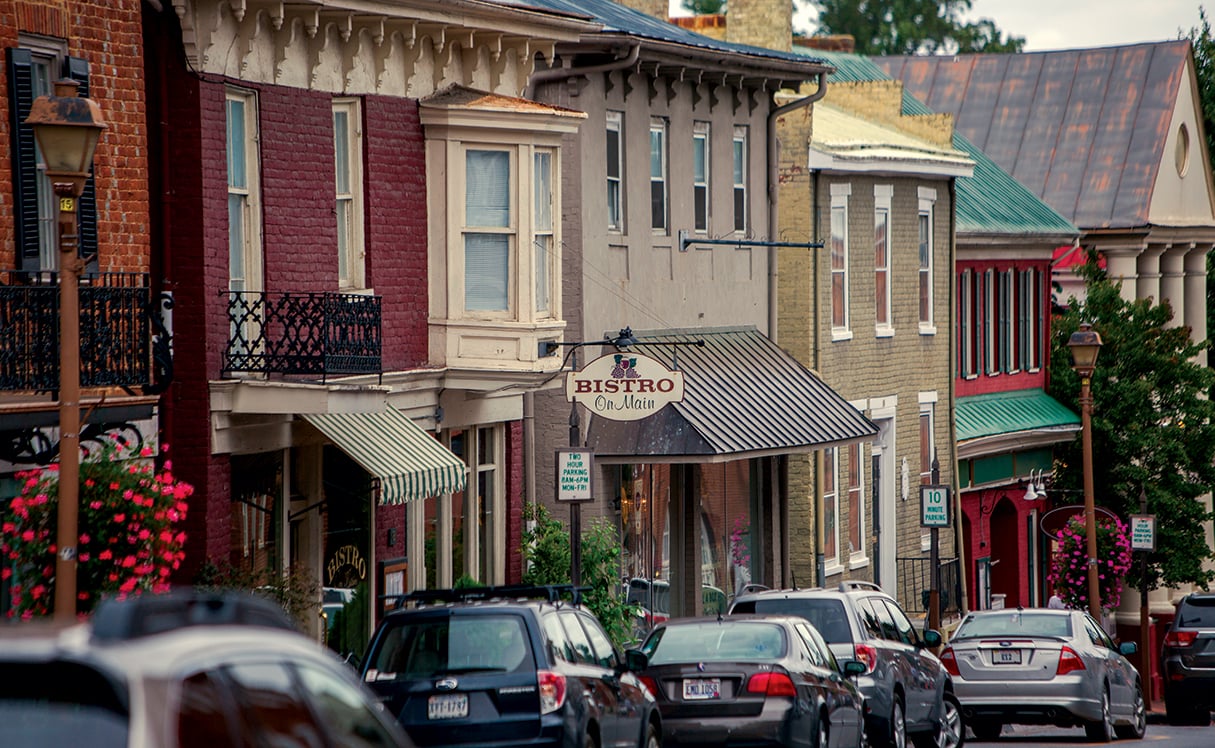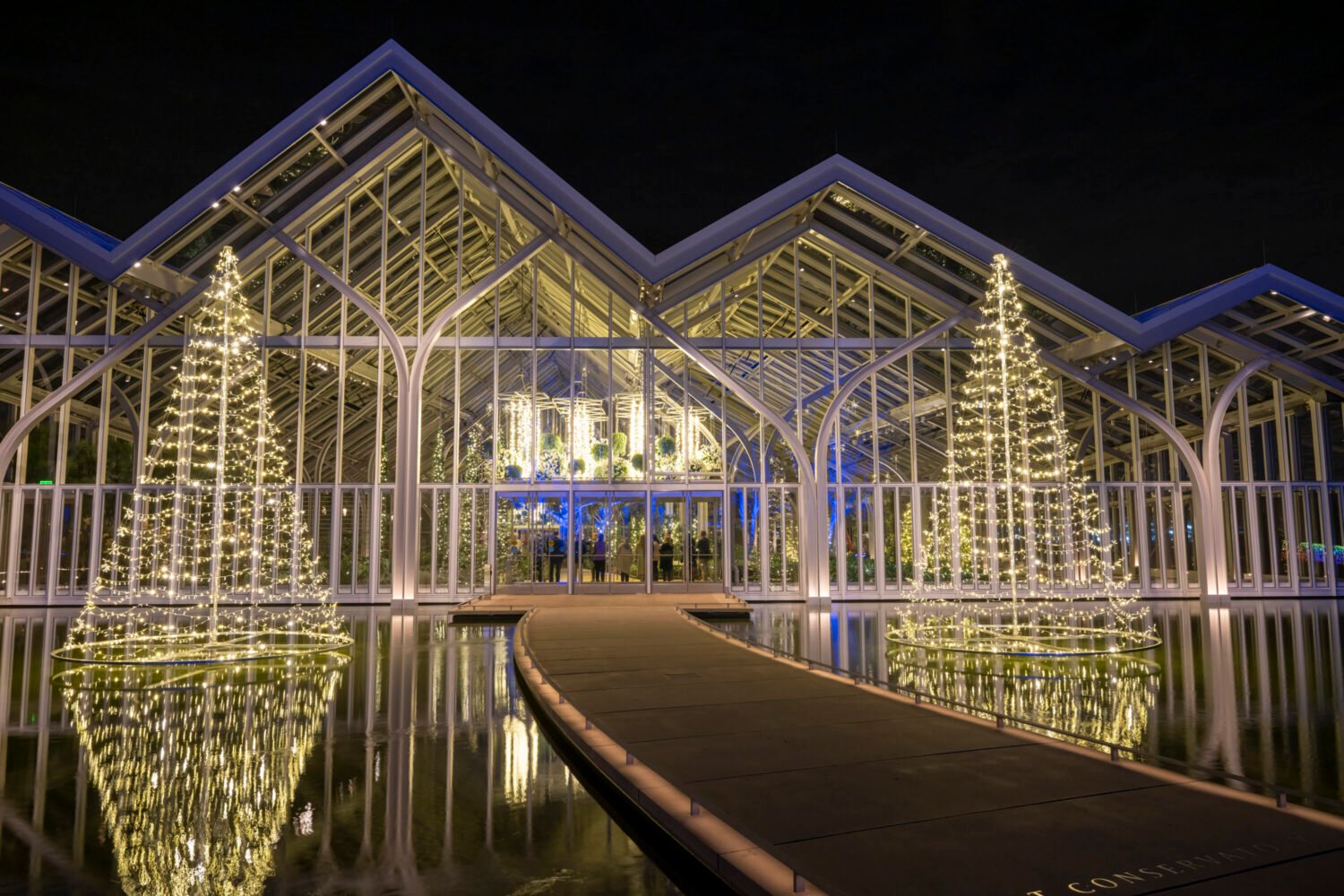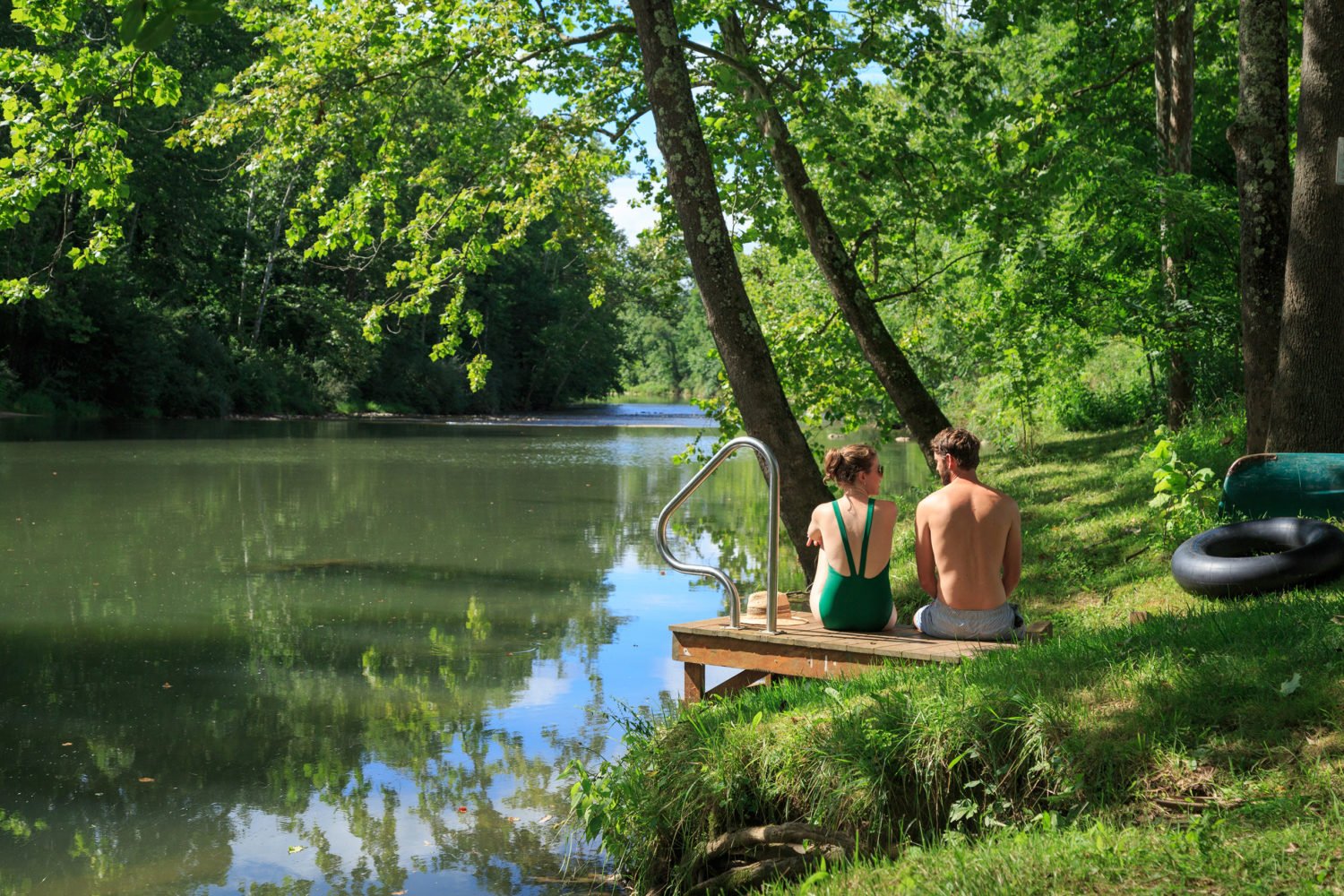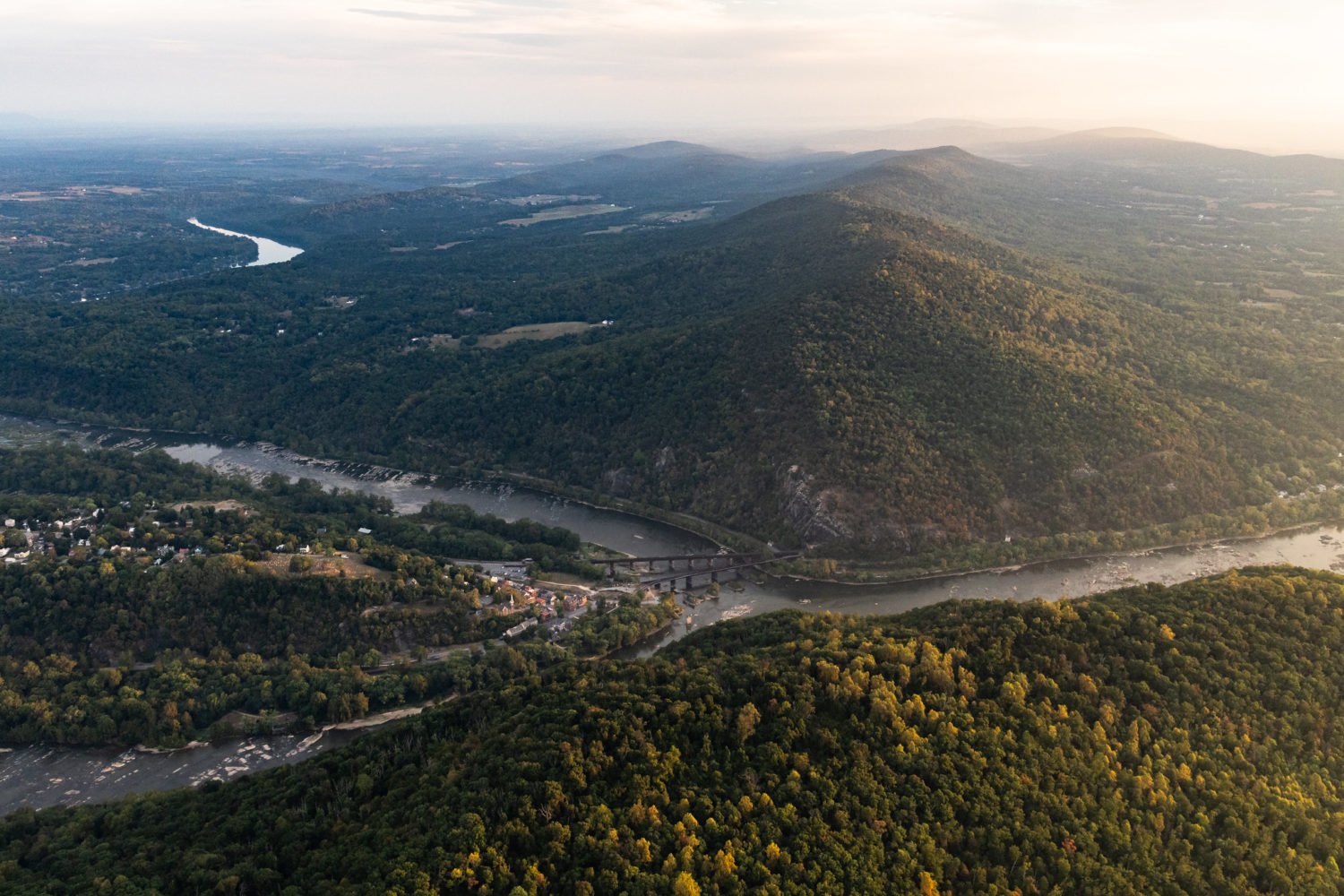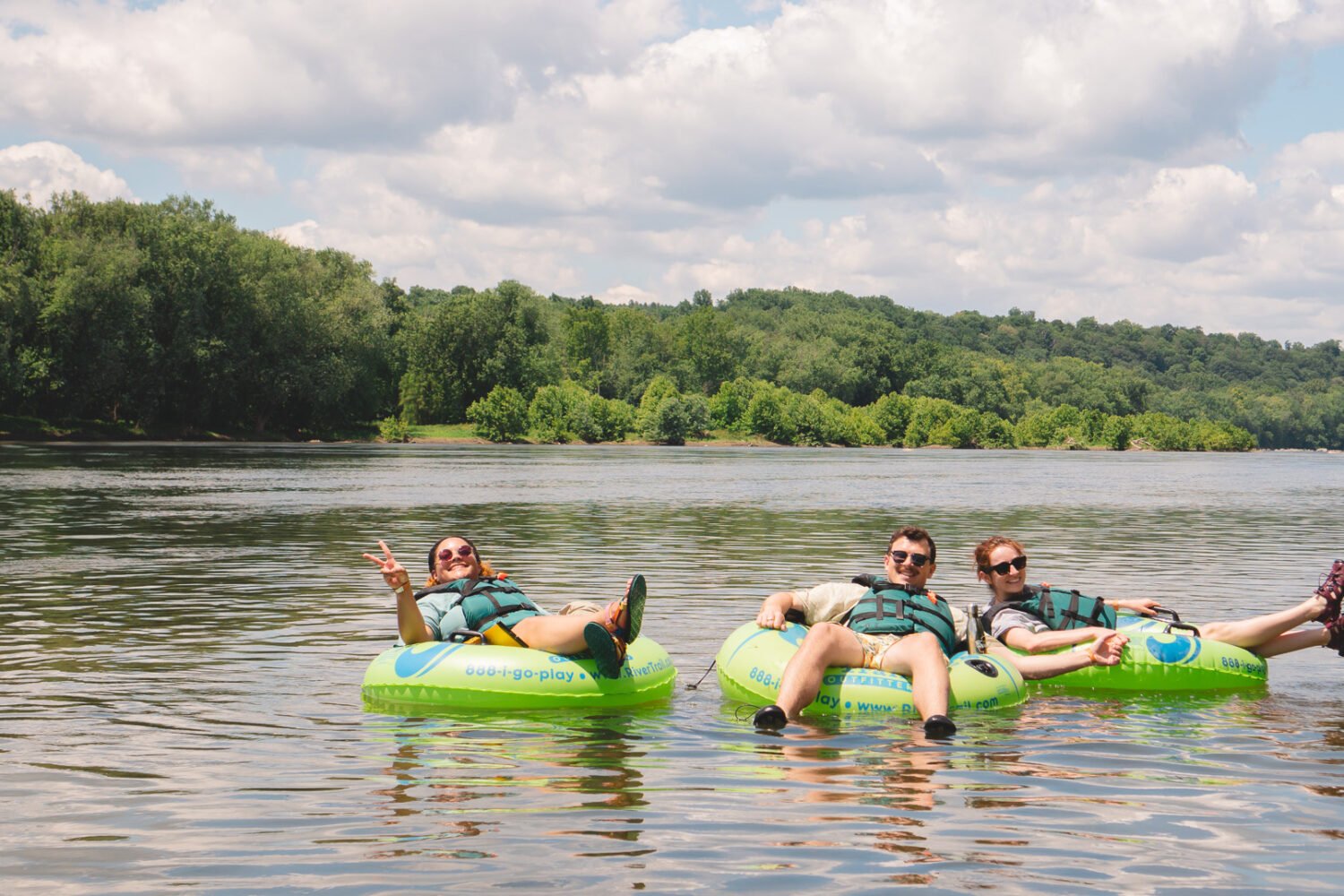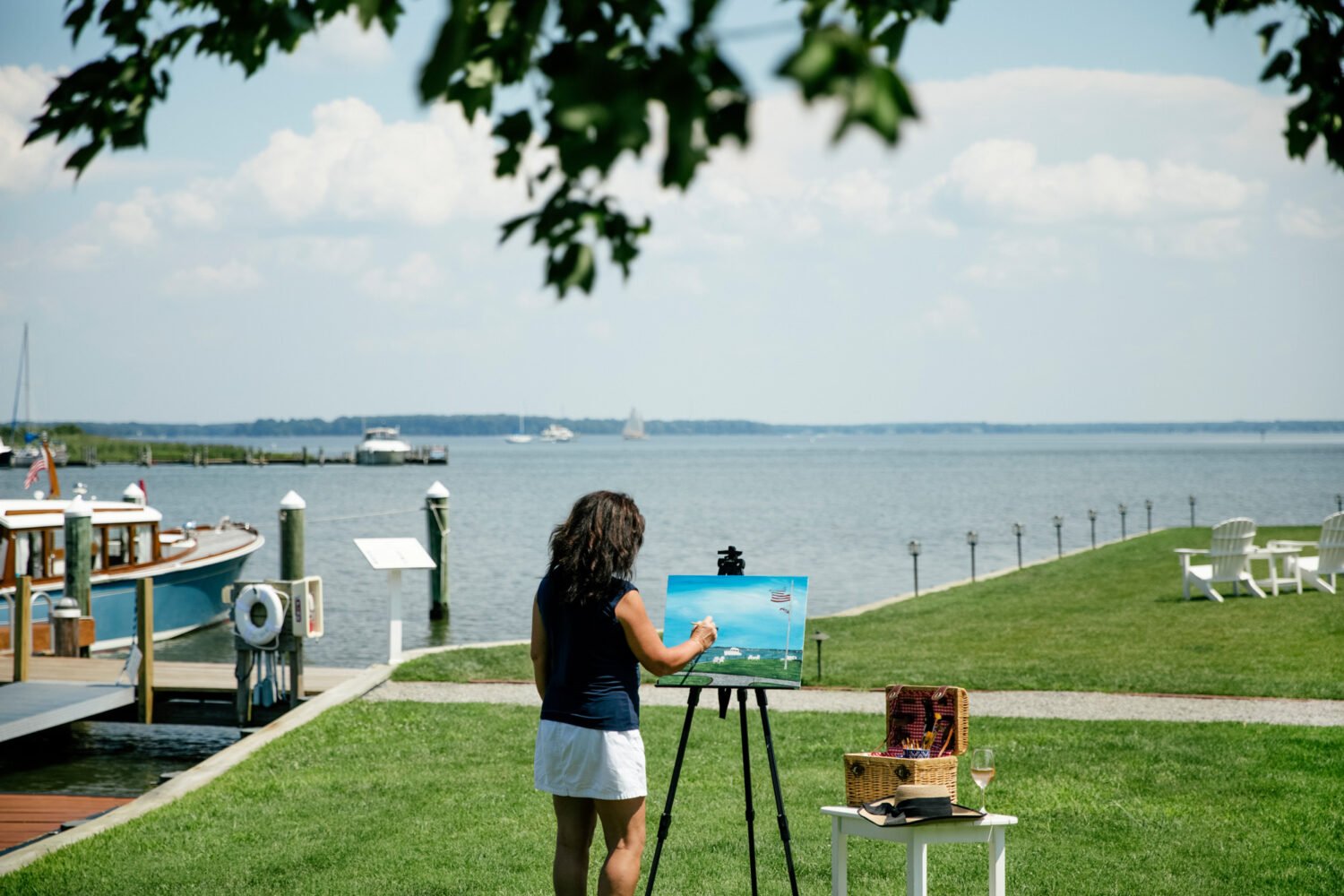Looking to get out of town these days? Here’s one option: About a five-hour drive away is the country’s newest national park, New River Gorge.
West Virginia’s New River Gorge is already well-known among adventure-sports enthusiasts—it has some of the East Coast’s best rock climbing (with 1,400 established climbs) and whitewater rafting (ranging from gentle waves to wilder class V rapids).
This isn’t the time of year to sign up for a guided whitewater trip (rafting runs spring through fall, with summer being prime season on “the New,” as it’s called), but there’s also 100 miles of trails for both hiking and mountain biking, plus scenic drives that lead to stunning views.
“Winter is a wonderful time here. For a lot of us who live and work here, it’s one of our favorite times to hike,” says the National Park Service’s Eve West. In winter, she says, when leaves are off the trees, you get views for miles.
“It’s one of the most gorgeous vistas along the eastern seaboard,” says U.S. Senator Shelley Moore Capito of West Virginia, who spearheaded the effort to get the area designated a national park. “It’s very unspoiled. And remote. It’s definitely a place to get away and reconnect with nature.”
The gorge’s most photographed feature is the New River Gorge Bridge, opened in 1977 and constructed when Capito’s father, Arch Alfred Moore Jr., was governor. It’s the third highest bridge in the country. On Bridge Day every October, BASE jumpers leap off of it. If you want just a taste of what it’s like to be up that high, you can do a “bridge walk” on the 24-inch steel catwalk under the bridge.
New River Gorge’s designation as a national park is actually a reclassification. Some 70,000 acres had already been protected as a national river. But in December’s appropriations act, which included Covid-19 stimulus relief, was a measure to re-designate about 7,000 acres of the gorge as a national park, with more than 65,000 acres becoming national preserve (where hunting won’t be restricted). It’s the country’s 63rd national park, and West Virginia’s first. Boosters in the state, which has seen a coal-mining downturn over the years, are hoping for a 20 percent increase in tourism. “I had folks coming to me saying, to help our community, to help preserve the New River Gorge, let’s go for making it a national park,” Capito says. “The idea in my mind became so empowering for us in the state, with the endless possibilities, not just for preservation but on the economic development side.”
Interested in checking out the New River Gorge? Here are some tips on what else to see and do.
Check in: Most visitors head to Fayetteville, where you’ll find restaurants, shops, and outfitters. Besides a Quality Inn, lodging here tends to be mostly vacation rentals, such as those on Airbnb and VRBO. (Check out the stylish digs at Lafayette Flats.) A bit farther from the park is the city of Beckley, which offers more hotel options. You can also rent cabins or can camp—as well as book outings—at places including Adventures on the Gorge, ACE Adventure Resort, and River Expeditions.
Take a hike: There isn’t just one entrance into the park, nor is there just one visitor center. If you’re staying in Fayetteville, a good way to start your exploration of the park is to pick up maps and information at the Canyon Rim visitor center (while the park’s visitor centers are closed due to Covid, staff are set up outside at this one). The most well-known hiking path in this neck of the woods is the 2.4-mile, moderate Endless Wall Trail, which was voted by USA Today readers in 2015 as the country’s top national park hike. (Never mind that it wasn’t a national park yet.) From atop the cliffs, you get a breathtaking view of the river and may spy rafters and rock-climbers below. If the parking for Endless Wall is full—it’s a small lot—try the 1.6-mile, moderate Long Point Trail, also known for beautiful panoramas, or the short and strenuous Bridge Trail. If you’re staying in Beckley, you’re closer to the Grandview area, which has terrific views from some of the park’s highest overlooks.
Take a drive: If you’re not a hiker, or it’s too cold outside, consider seeing the area on a scenic drive. “One drive I love to tell visitors to do in the winter is in the southern end of the park, on the only road that goes right along the river,” says Eve West. From the Sandstone visitor center (currently closed), West says to drive south on Route 20 about 12 miles to the historic town of Hinton. There, you’ll follow Route 20 across the New River and take a right at the T-intersection onto Route 26, basically making a U-turn and heading north along the river now on the opposite bank. The road leads to Sandstone Falls, the largest waterfall on the river; a boardwalk takes you halfway into the river for a spectacular view of the falls. From here, the road turns from pavement to gravel and requires a high-clearance, all-wheel-drive vehicle, as well as a good map and sense of direction, to cross Irish Mountain back to the pavement. Otherwise, plan on retracing the drive to get back to where you started.

